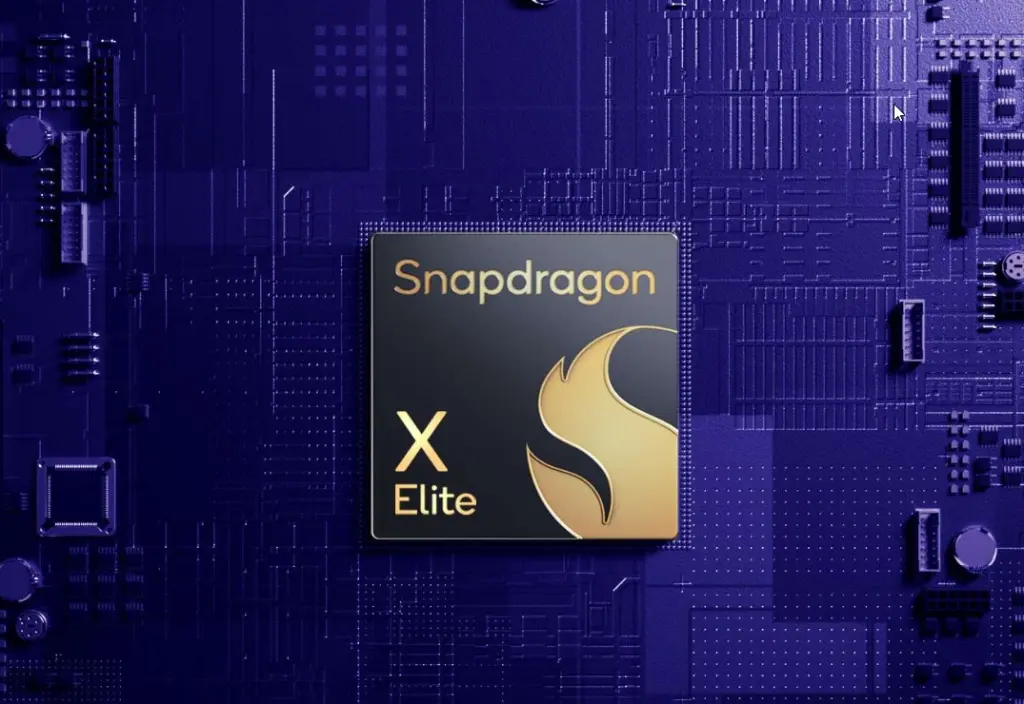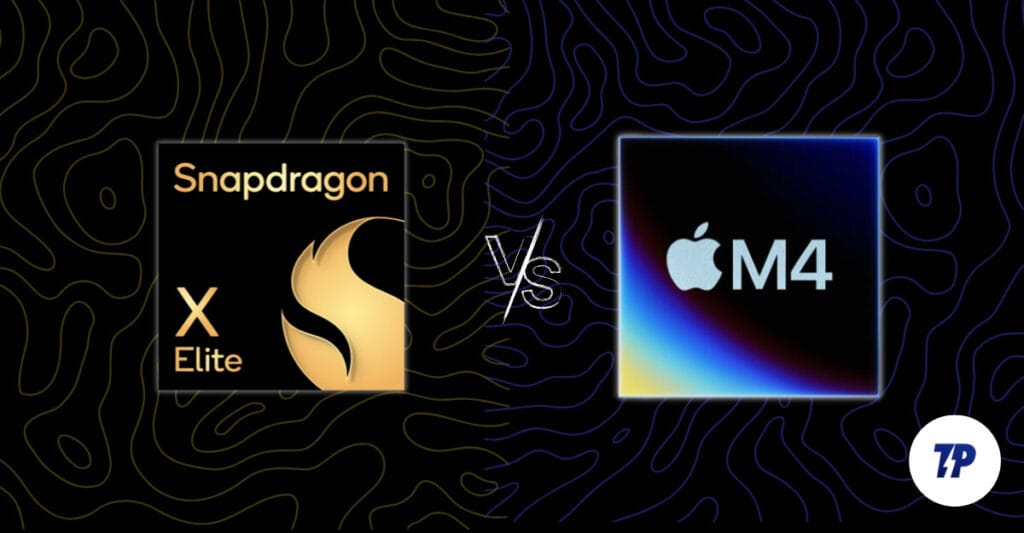Qualcomm’s new era 2025
In a world racing toward AI integration, seamless connectivity, and next-gen computing, Qualcomm has just redefined the path forward. With its bold new announcement, Qualcomm isn’t just launching a product — it’s revealing a vision. A vision of a world where AI is personal, devices are smarter than ever, and the boundaries between platforms fade away.
At the heart of this evolution is Qualcomm’s latest project, an ambitious combination of custom silicon, AI-enhanced processing, and ultra-efficient performance designed to lead the future of personal computing, XR, and mobile platforms.
A Glimpse Into the Future: Qualcomm’s Next Leap
Qualcomm’s new era 2025: More Than Just Chips
One of the cornerstones of Qualcomm’s new era is the Snapdragon X Elite platform, powered by Oryon CPUs. These chips aim to rival Apple’s M-series and set a new benchmark for Windows PCs and laptops.
Things to Notice
- Custom Qualcomm Oryon CPUs: Built in-house for optimal performance and efficiency.
- AI-Ready Architecture: Capable of running powerful on-device AI models like ChatGPT or Stable Diffusion.
- Low Power, High Output: Designed to deliver high-end performance with ultra-low battery consumption.
- Unified Across Devices: Snapdragon X isn’t just for PCs—Qualcomm is scaling this tech across smartphones, XR headsets, and automotive platforms.
How Strongly Is Qualcomm Competing with Apple’s M4 Chips?

With the launch of the Snapdragon X Elite powered by Qualcomm Oryon CPUs, Qualcomm is not just competing with Apple’s M-series — it’s gunning directly for the M4 chip, and early benchmarks and architecture details show surprising strength.
1. Performance Head-to-Head
| Feature | Snapdragon X Elite | Apple M4 (iPad Pro) |
|---|---|---|
| CPU Cores | 12 Custom Oryon (No efficiency cores) | 9-core (3P + 6E) |
| Process Node | TSMC 4nm | TSMC 3nm (N3E) |
| Peak Frequency | Up to 3.8GHz (4.3GHz dual-core boost) | Up to 3.4GHz (single core) |
| TDP (Power Usage) | 15–80W (scales by design) | ~10–20W (tablet-grade) |
| Platform | Laptops, PCs | iPads (for now) |
▶ Result: Snapdragon X Elite matches or beats M4 in multi-core performance (thanks to 12 performance cores), and even beats the M3 in some single-core scenarios (as per Qualcomm’s internal tests).
2. AI Processing Power
| Feature | Snapdragon X Elite | Apple M4 |
|---|---|---|
| NPU Performance | 45 TOPS | 38 TOPS |
| Supports On-Device AI | Yes (Supports large LLMs) | Yes (Apple Neural Engine) |
| AI Flexibility | Supports open-source AI models (ChatGPT, SDXL, etc.) | Tightly locked in iOS/iPadOS |
AI at the Core: Truly On-Device Intelligence
Forget about cloud latency. Qualcomm’s vision centers around on-device AI. That means AI that works without needing the internet, with real-time response and privacy by design.
Imagine:
- Phones that summarize your emails and messages on-device.
- Laptops that create art or write essays without sending data to the cloud.
- Smart glasses that translate signs or people’s voices in real time — no lag, no server.
With AI models like Gemini Nano, LLMs, and multimodal
▶ Result: Qualcomm’s AI engine is more open and optimized for broader AI use cases across Windows. M4’s AI is efficient but locked into Apple’s ecosystem.
3. Ecosystem & Use Case
- Apple M4 is designed for high-efficiency use in iPad Pros, not yet in MacBooks.
- Snapdragon X Elite is built for full-fledged laptops and PCs, offering Windows 11 compatibility with AI-first design.
▶ Result: Qualcomm is not just catching up, it’s leading in AI-PC direction, especially with better cross-device ecosystem potential (Snapdragon Seamless).
4. Real-World Advantage
Qualcomm’s chips will power laptops from HP, Lenovo, ASUS, Samsung, Acer, and others starting mid-2025 — with battery life reaching 20+ hours, instant-on features, and full app compatibility.
Apple M4, while incredibly efficient, is limited to tablets for now, and the real competition will come when Apple releases the M4 Pro/Max for MacBooks.
🌐 Redefining Connectivity: Beyond 5G
Qualcomm is also expanding its dominance in wireless technology. Their new projects involve:
- 6G research and development for ultra-low latency applications like remote surgery or AR gaming.
- Wi-Fi 7 rollout, offering better stability and reduced congestion in urban environments.
- Satellite connectivity built into next-gen Snapdragon modems for off-grid access.
This isn’t just faster internet. It’s always-on, intelligent connectivity that adjusts based on your activity, location, and bandwidth needs — powered by AI network management.
💻 Snapdragon Seamless: Bridging All Devices
The Qualcomm Seamless platform is another pillar of their new vision. This initiative allows devices — whether Android phones, Windows PCs, or wearables — to interact like they’re one.
- Drag and drop files across devices.
- Copy-paste text from phone to PC.
- Share accessories like keyboards and mice across ecosystems.
This is true cross-device fluidity, something even Apple’s ecosystem hasn’t perfected outside of macOS + iOS.
🔋 Efficiency Meets Sustainability
Qualcomm’s approach isn’t just performance-focused — it’s planet-conscious. The new platforms are built to:
- Extend battery life dramatically.
- Use fewer resources during manufacturing.
- Support energy-efficient AI processing.
Their chips are now among the most power-efficient in the industry, a huge win for mobile users, gamers, and enterprises alike.

🧠 What This Means for You
Whether you’re a gamer, developer, content creator, or business professional — Qualcomm’s new direction will shape how you interact with technology.
- Gamers will get console-grade graphics on handheld devices.
- Content creators will benefit from faster rendering, on-device editing, and smarter automation.
- Students & remote workers will get powerful laptops that last all day — without needing to plug in.
- Developers can now build apps and AI tools for a wider, more capable range of hardware.
Final Thoughts: Qualcomm’s new era 2025
Qualcomm isn’t playing catch-up. It’s leading. With its Oryon CPU architecture, AI-first platform design, and unified multi-device strategy, Qualcomm has cemented itself as the blueprint for the next generation of smart devices.
This isn’t just a processor upgrade. It’s a paradigm shift in how computing power is delivered — across the cloud, the edge, and your pocket.
- Snapdragon X Elite is a serious competitor to Apple’s M4, even edging it out in several areas like multi-core CPU, AI TOPS, and flexibility.
- Apple still wins in ecosystem tightness and software optimization, but Qualcomm is leading the AI-PC frontier — especially for Windows users.
So, whether you’re holding a Snapdragon phone today or planning your next AI-powered laptop tomorrow, one thing is clear:
👉 The future is powered by Qualcomm — and it’s already begun.
Qualcomm’s new era 2025 *The information provided above is not entirely correct. There is always the possibility of making an error when adding information. In general, we gather information from the manufacturer’s website and other